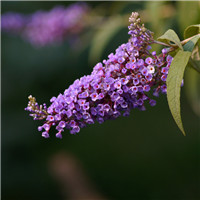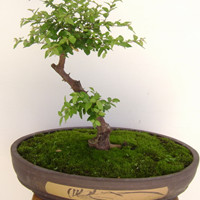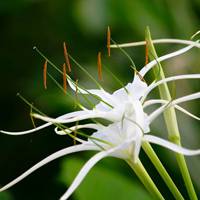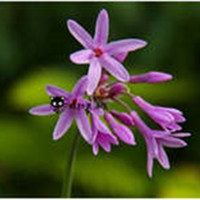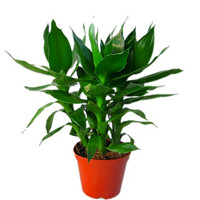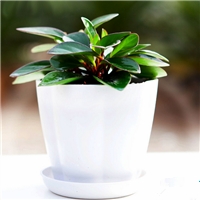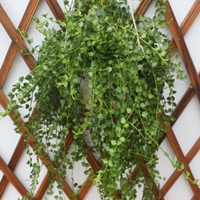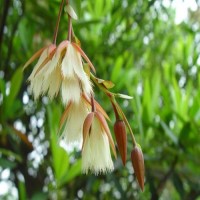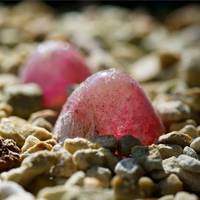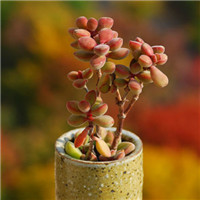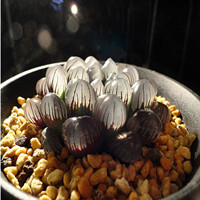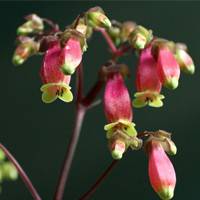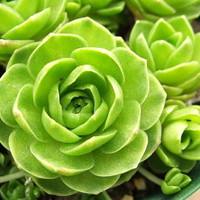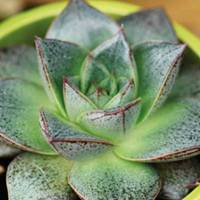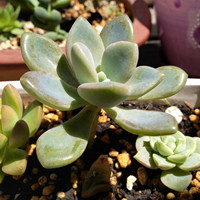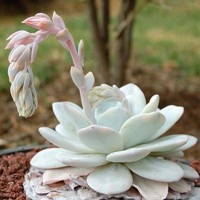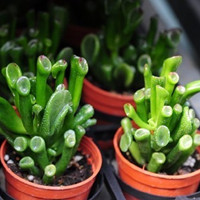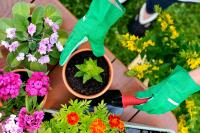Introduction
Water is an essential resource for all forms of life on this planet, and plants are no exception. As a result, plants have evolved many different mechanisms to conserve water in their stems, roots, and leaves. One of the most effective ways for a plant to conserve water is by wilting, which entails the drooping of leaves and stems due to a lack of water. In this article, we will discuss how wilting helps plants preserve water and why this is an essential adaptation for their survival in arid and semi-arid environments.
What is Wilting?
Wilting is a visible sign that a plant is struggling to maintain its water balance. When a plant takes in less water than it loses through transpiration, it experiences a water deficit. This water deficit causes the cells in the leaves and stem to lose their turgor pressure, which is the pressure that keeps the cells taut and rigid. As a result, the plant tissue becomes flaccid and limp, causing the leaves and stem to droop or wilt.
How Does Wilting Help Plants Conserve Water?
While wilting may seem like a negative sign for a plant's health, it is, in fact, a mechanism that helps the plant preserve water. When a plant experiences a water deficit and starts to wilt, it reduces its need for water. This reduction in the water needed keeps the soil's moisture levels consistent, thereby making it more comfortable for the plant to take up water when available. Additionally, when a plant wilts, it limits its leaf surface area exposed to sunlight and reduces the water loss through transpiration. This reduction in water loss helps the plant conserve water that it desperately needs to survive.
Why is Wilting Important for Plants' Survival?
Wilting is an important survival mechanism for plants, particularly in arid and semi-arid environments, where water is scarce. In such environments, plants need to conserve water to endure dry spells and droughts. By wilting, the plant reduces its water needs and limits water loss, enabling it to survive for longer periods with limited water access. Therefore, plants that can wilt have a better chance of survival in arid and semi-arid regions as opposed to those that cannot wilt.
The Dangers of Excessive Wilting
While wilting helps plants conserve water, excessive wilting can be dangerous and even fatal for plants. When a plant experiences prolonged water stress, it may not be able to recover from wilting, leading to permanent cell damage and death. Additionally, if a plant is not watered for extended periods, prolonged wilting may cause it to become too weak to recover, leading to its eventual demise. Therefore, while wilting is an important survival mechanism, it is essential to water plants before they experience prolonged wilting to avoid permanent damage or death.
Conclusion
Plants are amazing organisms that have evolved many strategies to conserve water and survive in harsh environments. One of the most effective mechanisms for water conservation is wilting, which helps plants reduce their water needs and limit water loss. Wilting is essential for plants that live in arid and semi-arid regions, where water is scarce, as it increases their chances of survival during dry spells and droughts. However, it is important to note that excessive wilting can be dangerous and even fatal for plants. As such, it is crucial to monitor plants' water needs and water them before they experience prolonged wilting to avoid permanent damage or death.

 how many times do yo...
how many times do yo...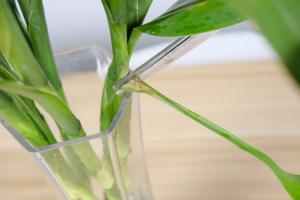 how many planted tre...
how many planted tre...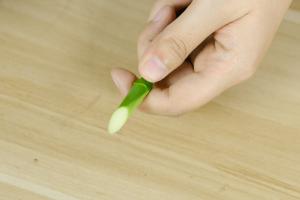 how many pine trees ...
how many pine trees ... how many pecan trees...
how many pecan trees... how many plants comp...
how many plants comp...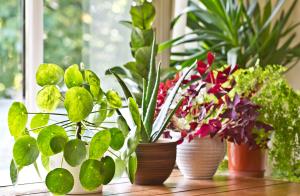 how many plants can ...
how many plants can ...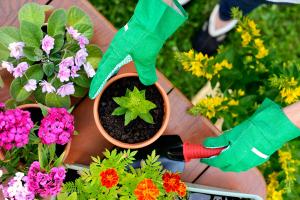 how many plants and ...
how many plants and ...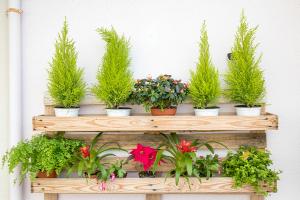 how many pepper plan...
how many pepper plan...